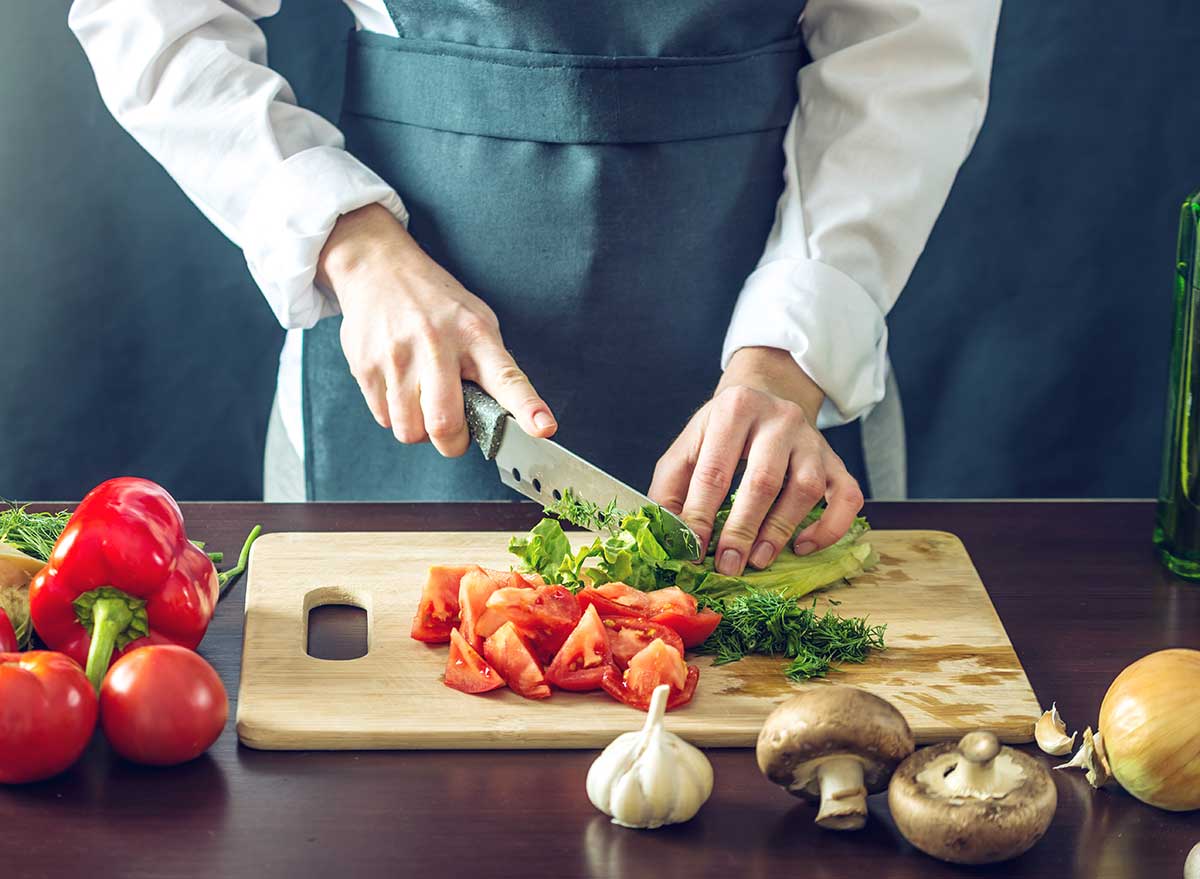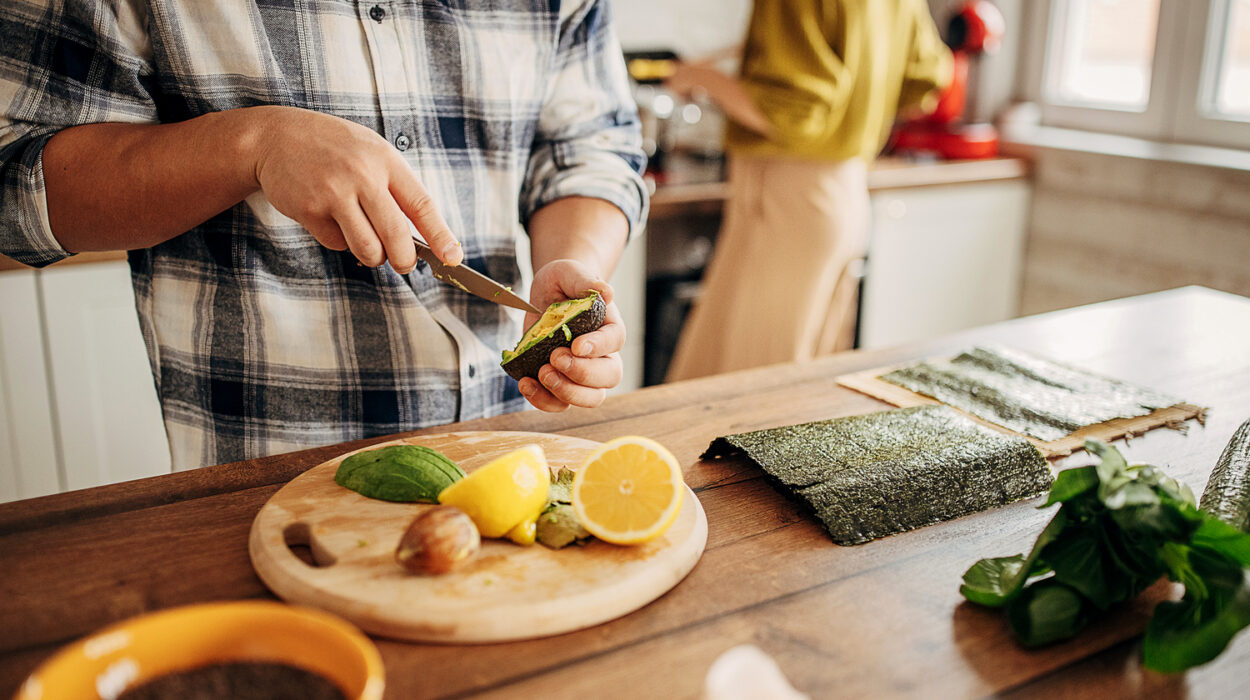Creating a beautiful checkerboard cutting board is a satisfying and fulfilling woodworking project. Whether you’re a seasoned woodworker or just starting, this guide will take you through the process step-by-step. We’ll ensure that you understand the techniques and tools required, the materials you’ll need, and some tips to make your cutting board both functional and attractive.
In this article, we’ll delve into the essential strategies to create a stunning checkerboard cutting board. Our objective is to provide a detailed, informative, and optimistic guide that will help kitchen professionals craft a high-quality board.

Materials and Tools Needed
Before you begin, ensure you have all the necessary materials and tools. Here’s what you’ll need:
- Hardwoods (e.g., maple, walnut)
- Table saw or miter saw
- Clamps
- Wood glue
- Planer or belt sander
- Sandpaper (various grits)
- Mineral oil or food-safe finish

Planning Your Checkerboard Design
Choosing the Right Wood
Opt for hardwoods with contrasting colors for a striking effect. Maple and walnut are popular choices due to their natural contrast and durability.
Design Dimensions
Decide on the dimensions of your cutting board. Common sizes range from 12×12 inches to 18×24 inches, but the choice depends on your preferences and needs.

Preparing the Wood
Cutting the Strips
Cut your hardwoods into strips of equal width. Precision is key, as any discrepancies will show in the checkerboard pattern.
Gluing the Strips
Glue the strips together, alternating the woods to create the initial striped pattern. Use clamps to ensure a tight bond and let the glue dry overnight.
Creating the Checkerboard Pattern
Crosscutting the Striped Block
Once the glued-up block is dry, crosscut it into strips once again. This will form the checkerboard pattern when the strips are reassembled.
Re-gluing the Strips
Re-glue the new strips, ensuring the checkerboard pattern aligns correctly. Clamp the assembly and allow it to dry completely.
Sanding and Finishing
Smoothing the Surface
After the glue has dried, use a planer or belt sander to smooth out the surface. Start with coarse grit sandpaper and gradually move to finer grits for a polished finish.
Applying a Finish
Apply a food-safe finish, such as mineral oil, to protect and enhance the natural beauty of the wood. Make sure to cover every inch and allow it to soak in before wiping off any excess.
Maintaining Your Checkerboard Cutting Board
Proper maintenance will extend the lifespan of your cutting board. Regularly apply mineral oil and avoid exposing the board to extreme temperatures or prolonged moisture. For more information on maintenance, you can check this guide.
Common Mistakes to Avoid
Understanding the common pitfalls can save you time and frustration. Here are some mistakes to avoid:
- Using softwoods which can dent easily
- Not allowing glue to dry completely
- Neglecting regular maintenance
Advanced Tips for Enthusiasts
If you’re looking to elevate your craftsmanship, consider these advanced tips:
- Adding a juice groove to your board (learn how here)
- Incorporating decorative inlays or engravings
- Experimenting with different wood combinations
Frequently Asked Questions
What type of glue should I use for a checkerboard cutting board?
Use a high-quality, food-safe wood glue like Titebond III. It’s strong and water-resistant, making it suitable for cutting boards used in the kitchen.
Can I use any type of wood for my cutting board?
It’s best to use hardwoods like maple, walnut, or cherry. These woods are durable and have natural antibacterial properties, which are ideal for kitchen use.
How often should I oil my cutting board?
To keep your cutting board in the best condition, oil it once a month or whenever it starts to look dry. Regular maintenance will prolong its life and keep it looking beautiful.
Conclusion
Making a checkerboard cutting board is a rewarding project that combines artistry with functionality. By following this guide, you can create a stunning piece that will be a cherished addition to any kitchen. Remember to use quality materials, take your time during the assembly process, and maintain the board properly. Enjoy the process and the excellent results!
As an Amazon Associate, I earn from qualifying purchases.


